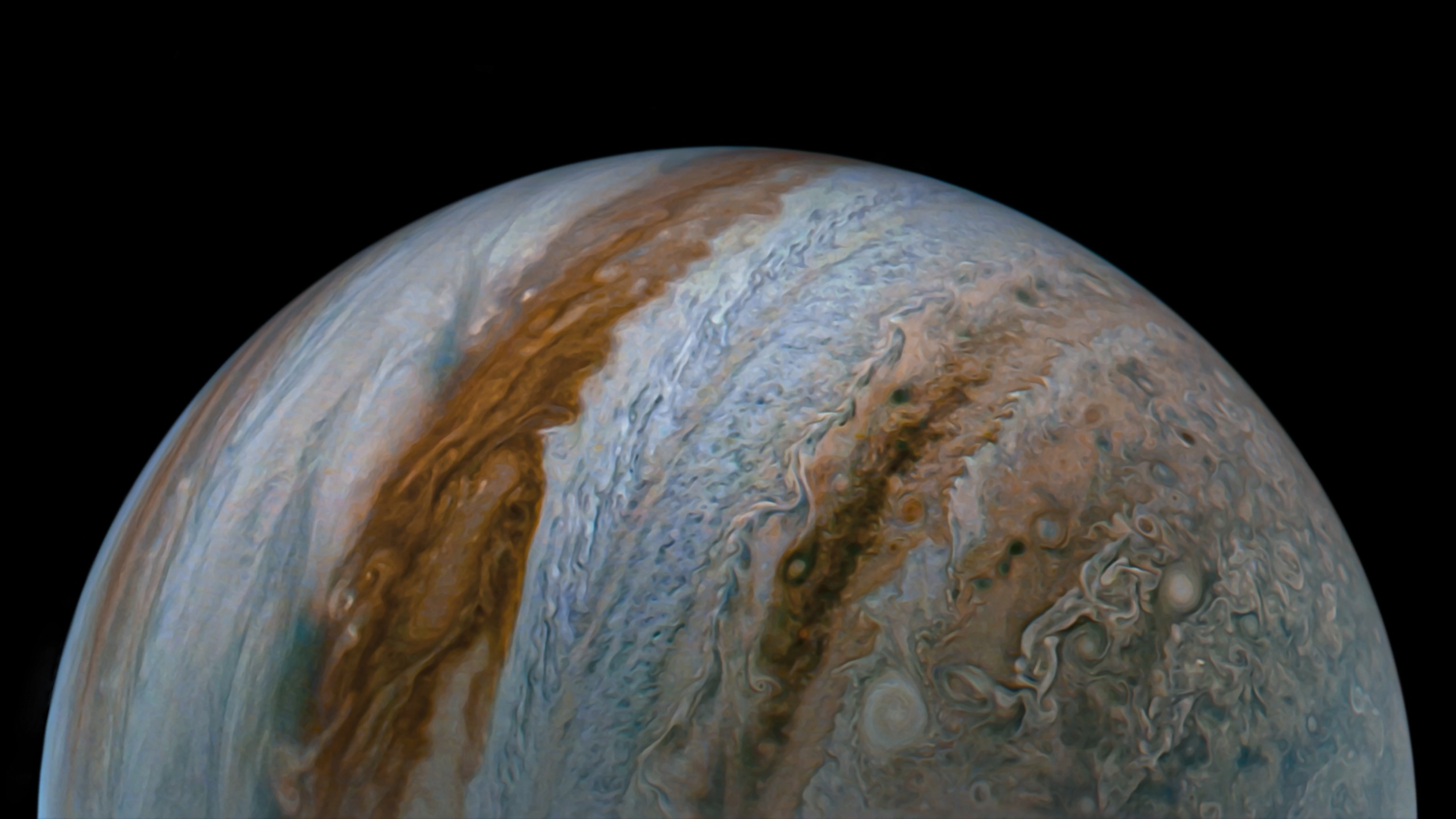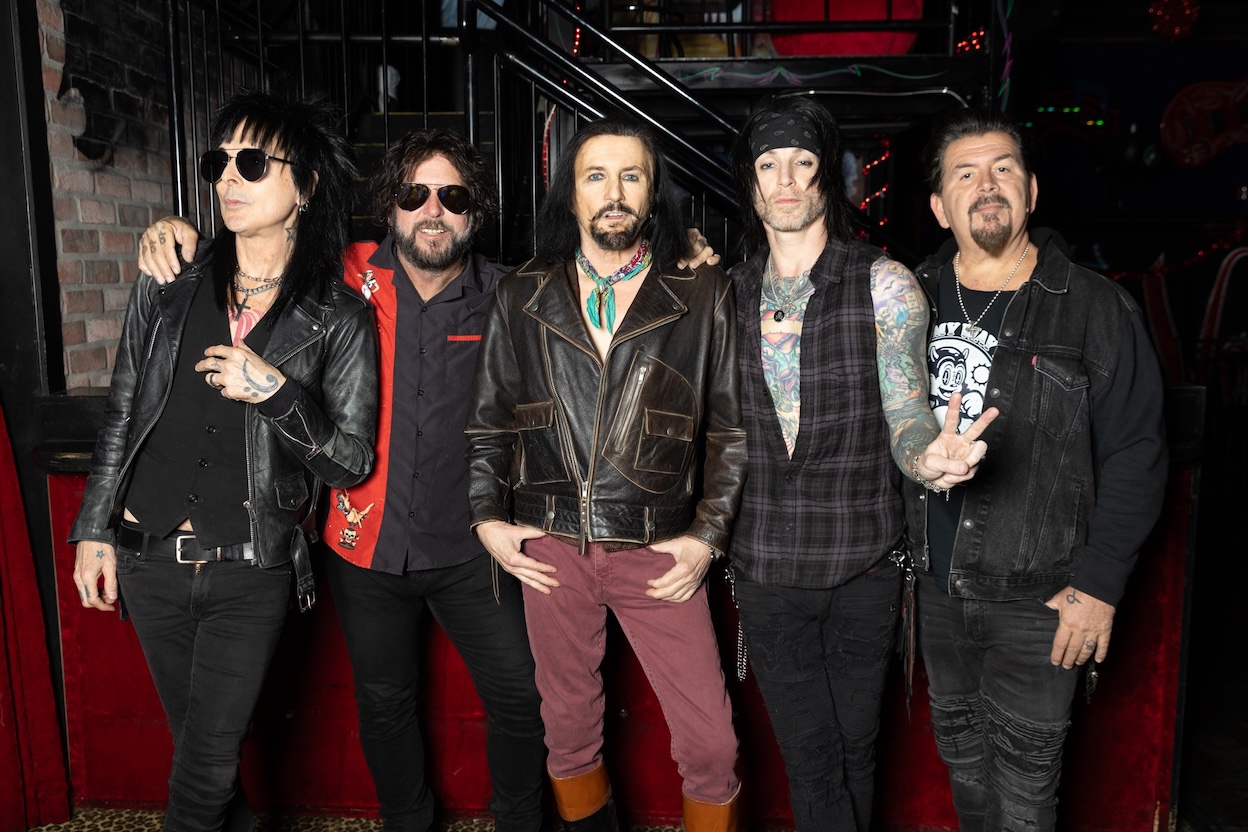Introduction to GitHub Actions
GitHub Actions allows you to automate tasks directly within your GitHub repository. A workflow is a series of automated steps defined in a .yml file, located in the .github/workflows/ directory of your project. Basic Requirements of a Workflow To create a valid workflow in GitHub Actions, there are a few essential components that must be present: Workflow Name (name): Every workflow should have a unique name that identifies it. This helps in distinguishing between different workflows in the repository. Trigger Event (on): The workflow must specify when it should run. This is defined under the on field. Common events include: push: Triggered when you push code to the repository. pull_request: Triggered when a pull request is opened or updated. workflow_dispatch: Allows you to trigger a workflow manually. Job Definition (jobs): A workflow contains jobs, which are units of work executed in the workflow. Each job must have: Name of the job: To identify the job within the workflow. OS environment (runs-on): This defines which operating system the job will run on. Popular options include ubuntu-latest, windows-latest, and macos-latest. Without specifying an OS, the workflow cannot run, as the steps need a virtual environment (like Ubuntu) to execute. Steps: Each job is made up of steps, which are individual tasks to be executed in the workflow. These steps can include commands (like echo), GitHub-provided actions, or third-party actions. 1. First Workflow (workflow.yml) Name: First Workflow This workflow runs automatically on a push to the main branch. It meets all the basic workflow requirements: it has a name, trigger, OS environment, and steps. Name: First Workflow is the identifier for this workflow. name: First Workflow Trigger (on): The workflow will run when there’s a push to the main branch. on: push: branches: - main Jobs: The workflow defines one job called first-workflow. jobs: first-workflow: runs-on: ubuntu-latest The runs-on field specifies that the job will run on Ubuntu (the latest version). This is required to provide an environment where the steps will be executed. Steps: There are two steps in this job: First Step: This step prints three messages to the console. Second Step: Prints a message indicating that this is the second step. steps: - name: First Step run: | echo "this is first step" echo "Hello GH actions" echo "Do or Die" - name: Second Step run: | echo "yeah I am on the second step" Summary: This workflow runs automatically when code is pushed to the main branch and executes two steps that print messages in the console. 2. Manual Workflow (manual-workflow.yml) Name: Manual Workflow This workflow can be triggered manually by a user from GitHub’s interface. It also satisfies the basic workflow requirements: name, trigger, OS, and steps. Name: Manual Workflow is the name for this workflow. name: Manual Workflow Trigger (on): This workflow uses workflow_dispatch, which means it can be triggered manually via the GitHub Actions interface. on: workflow_dispatch: Jobs: The workflow defines a job called first-workflow, which also runs on the latest version of Ubuntu (ubuntu-latest). jobs: first-workflow: runs-on: ubuntu-latest Steps: There is only one step in this workflow, which prints three messages to the console. steps: - name: First Step run: | echo "this is first step" echo "Hello GH actions" echo "Do or Die" Summary: This workflow can be started manually via the GitHub interface and prints messages to the console when executed. Key Points to Remember: Basic Workflow Structure: Name: Each workflow needs a name. Trigger (on): Workflows must have a trigger event (like push or workflow_dispatch). Jobs and OS Environment (runs-on): Each job must specify an OS environment to run on, such as ubuntu-latest. Without this, the workflow won’t be able to run. Steps: Define the individual tasks that will be executed in the job. Differences Between the Two Workflows: The First Workflow is triggered automatically on a push to the main branch, whereas the Manual Workflow is triggered manually. follow me : Github
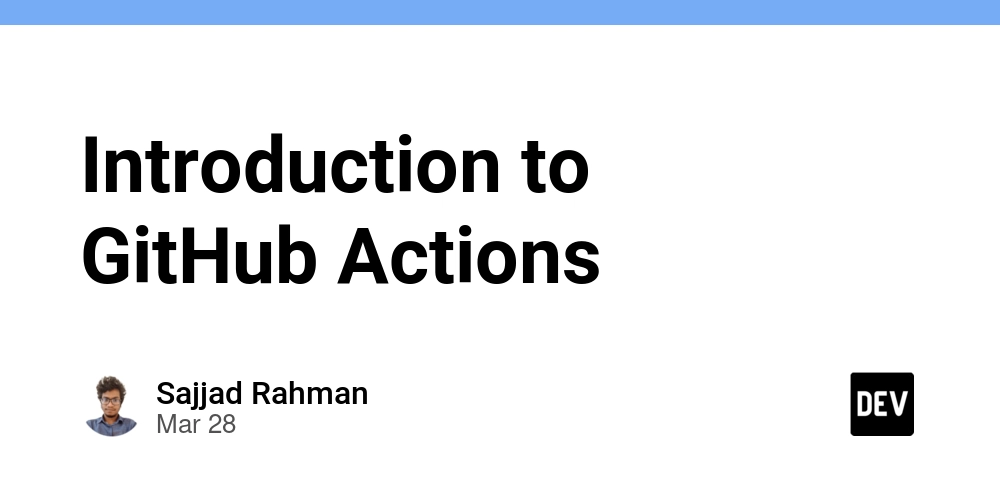
GitHub Actions allows you to automate tasks directly within your GitHub repository. A workflow is a series of automated steps defined in a .yml file, located in the .github/workflows/ directory of your project.
Basic Requirements of a Workflow
To create a valid workflow in GitHub Actions, there are a few essential components that must be present:
Workflow Name (
name):
Every workflow should have a unique name that identifies it. This helps in distinguishing between different workflows in the repository.-
Trigger Event (
on):
The workflow must specify when it should run. This is defined under theonfield. Common events include:- push: Triggered when you push code to the repository.
- pull_request: Triggered when a pull request is opened or updated.
- workflow_dispatch: Allows you to trigger a workflow manually.
-
Job Definition (
jobs):
A workflow contains jobs, which are units of work executed in the workflow. Each job must have:- Name of the job: To identify the job within the workflow.
-
OS environment (
runs-on): This defines which operating system the job will run on. Popular options includeubuntu-latest,windows-latest, andmacos-latest. Without specifying an OS, the workflow cannot run, as the steps need a virtual environment (like Ubuntu) to execute.
Steps:
Each job is made up of steps, which are individual tasks to be executed in the workflow. These steps can include commands (likeecho), GitHub-provided actions, or third-party actions.
1. First Workflow (workflow.yml)
Name: First Workflow
This workflow runs automatically on a push to the main branch. It meets all the basic workflow requirements: it has a name, trigger, OS environment, and steps.
-
Name:
-
First Workflowis the identifier for this workflow.
-
name: First Workflow
-
Trigger (
on):- The workflow will run when there’s a
pushto themainbranch.
- The workflow will run when there’s a
on:
push:
branches:
- main
-
Jobs:
- The workflow defines one job called
first-workflow.
- The workflow defines one job called
jobs:
first-workflow:
runs-on: ubuntu-latest
-
The
runs-onfield specifies that the job will run on Ubuntu (the latest version). This is required to provide an environment where the steps will be executed.- Steps:
-
There are two steps in this job:
- First Step: This step prints three messages to the console.
- Second Step: Prints a message indicating that this is the second step.
steps:
- name: First Step
run: |
echo "this is first step"
echo "Hello GH actions"
echo "Do or Die"
- name: Second Step
run: |
echo "yeah I am on the second step"
-
Summary:
This workflow runs automatically when code is pushed to the
mainbranch and executes two steps that print messages in the console.
2. Manual Workflow (manual-workflow.yml)
Name: Manual Workflow
This workflow can be triggered manually by a user from GitHub’s interface. It also satisfies the basic workflow requirements: name, trigger, OS, and steps.
-
Name:
-
Manual Workflowis the name for this workflow.
-
name: Manual Workflow
-
Trigger (
on):- This workflow uses
workflow_dispatch, which means it can be triggered manually via the GitHub Actions interface.
- This workflow uses
on:
workflow_dispatch:
-
Jobs:
- The workflow defines a job called
first-workflow, which also runs on the latest version of Ubuntu (ubuntu-latest).
- The workflow defines a job called
jobs:
first-workflow:
runs-on: ubuntu-latest
-
Steps:
- There is only one step in this workflow, which prints three messages to the console.
steps:
- name: First Step
run: |
echo "this is first step"
echo "Hello GH actions"
echo "Do or Die"
- Summary: This workflow can be started manually via the GitHub interface and prints messages to the console when executed.
Key Points to Remember:
-
Basic Workflow Structure:
- Name: Each workflow needs a name.
-
Trigger (
on): Workflows must have a trigger event (likepushorworkflow_dispatch). -
Jobs and OS Environment (
runs-on): Each job must specify an OS environment to run on, such asubuntu-latest. Without this, the workflow won’t be able to run. - Steps: Define the individual tasks that will be executed in the job.
-
Differences Between the Two Workflows:
- The First Workflow is triggered automatically on a push to the
mainbranch, whereas the Manual Workflow is triggered manually.
- The First Workflow is triggered automatically on a push to the
follow me : Github

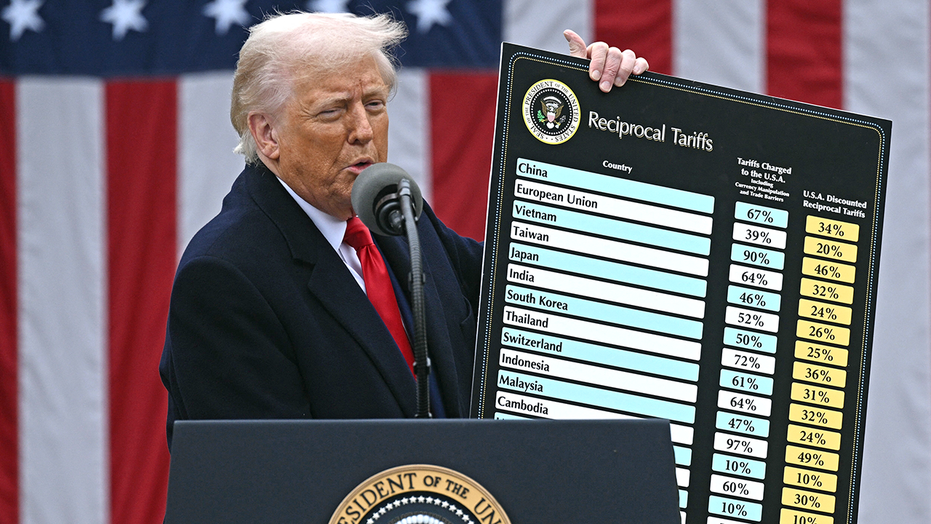











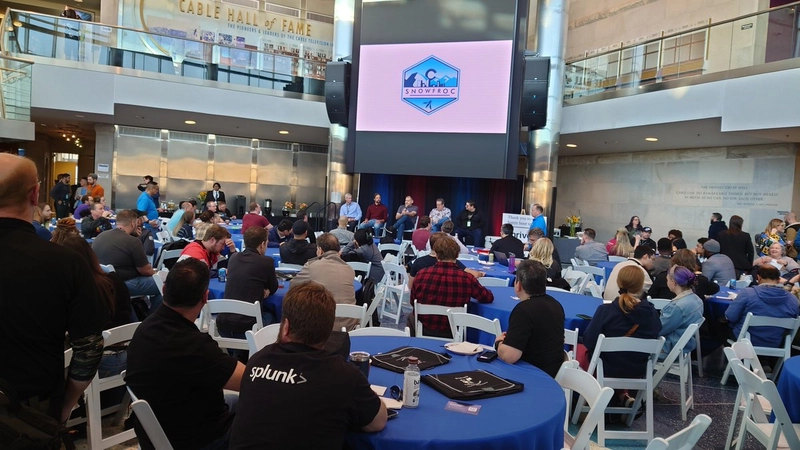







_Hanna_Kuprevich_Alamy.jpg?#)











